“It is a heape of stones and men, with a vast confusion of Languages, and were the Steeple not sanctifyed nothing liker Babel.The noyse in it is like that of Bees, a strange humming or buzze, mixt of walking, tongues and feet:It is a kind of still roare or loud whisper…It is the other expense of the day, after Playes, Taverne, and a Baudy-House, and men have still some Oathes left to sweare here. It is the eares Brothell, and satisfies their lust , and ytch.” John Earle on “Paule’s Walk” (St. Paul’s, London), Micro-cosmographie, 5th edition, 1629 quoted by Bruce R. Smith, “Soundscapes of early modern England”, in M.Smith ed., Hearing History. A Reader, University of Georgia Press, 2004, pp.85-111, quote p.92.
During my final years of full-time work as a university lecturer, I began evening and short courses in order to return to art-making. I had wanted to go to art school when I left secondary education but my mother was strongly against this, so my art training was postponed for decades. In these classes where I returned to art-making, I drew, painted and worked with pastels, finding it very hard work to translate my ideas into paintings and drawings. It wasn’t until I began the postgraduate diploma course at Byam Shaw School of Art, London, in 2010 that I began to experiment with other methods, including installations and sound.
Straight away I discovered that by using sound I could do far more than I could in paintings, given my limited skills in anatomical representation and painting technique. With sound you can attempt to convey your ideas, and also invite your listeners to create their own thoughts and pictures, whereas a video and a painting give the viewer and listener a ready-made image whether moving or still. Sound made me think of the positioning of the speaking voice, and what soundscape it existed in (I enjoyed making field-recordings and visiting sites of historical, natural, and cultural interest). Was the person speaking even still alive? Why is comparatively less attention paid to the voice than how the person looks? I was taken by how intimate listening to a voice through headphones can be, and read widely about the voice (as itself, and also in relation to images).
My first sound piece is still one of my favourites, and I was surprised and pleased when people who listened told me I had an interesting voice, as I had not thought this to be the case previously. Making sound works with my own voice, speaking and singing, was also a way towards performing live.
A Lover’s Voice, 2010
4 mins 43 secs, best listened to with headphones
The Army’s Martyr, 2011
7 mins 57 secs
Recorded on the anniversary of the Leveller Robert Lockyer’s funeral, 29th April 1649, at the site of his execution for so-called mutiny, on the day and time of a royal wedding 29 April 2011…an event much less worthy of commemoration. Robert Lockyer, a young man at the time, bravely addressed the firing squad before his execution, telling them they should stand up for liberty and not suppress the democratic principles of those in Cromwell’s army still agitating for revolutionary demands. For example they wanted pay they were owed and they were reluctant to be sent to Ireland to suppress the struggles of others.
The text includes passages from a contemporary account of his execution. Robert’s words are spoken by my younger son Davey, who in 2011 was the same age as Lockyer was when he was murdered .
The Testimony of Anne McHardy Parker, 2012
14 mins 56 secs
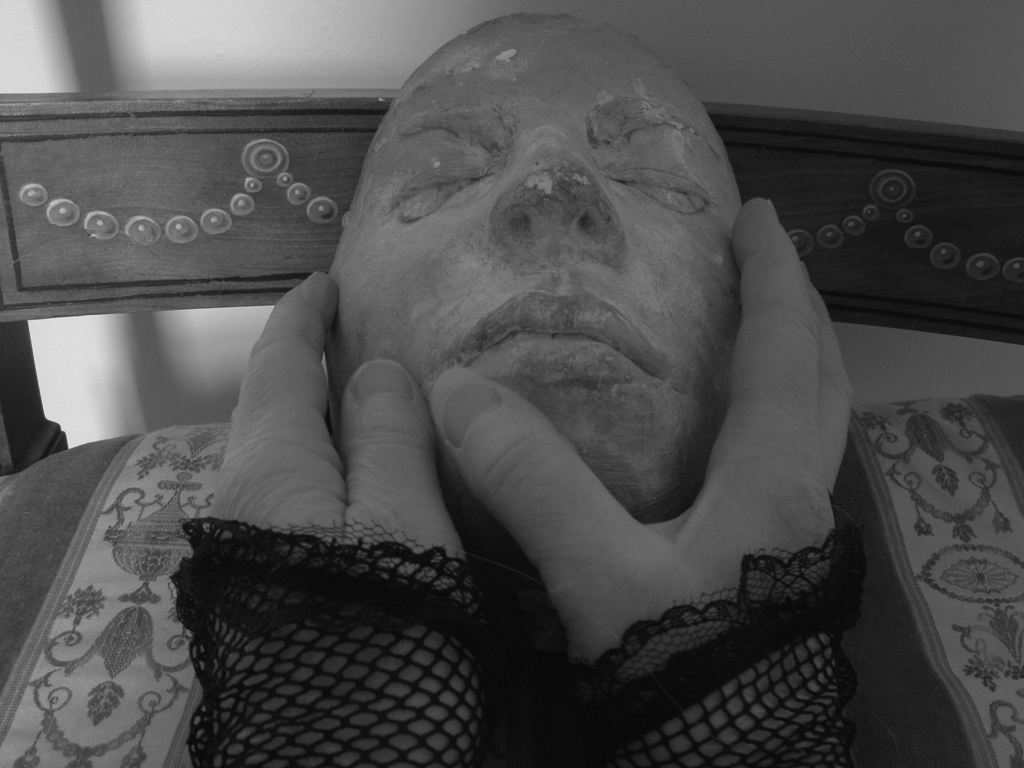
The Testimony of Anne McHardy Parker is one of three sound pieces commemorating the murder by the Admiralty of the naval mutineer Richard Parker. Richard Parker was elected head of the mutineers who took over the ships anchored at the Nore off Sheerness in Kent in 1797. They wanted pay they were owed, better food and medical treatment, and an end to savage punishments from brutal officers.
I visited Sheerness on the anniversary of Richard Parker’s hanging to record there and sing an eighteenth century song which I set to the music of Kevin Barry. This seemed appropriate to me, as the song about Kevin Barry also commemorates a young man murdered by the British State – in Barry’s case he was an Irish Republican hanged at Mountjoy Prison in 1920. The piece ends with material recorded at Altab Ali Park in Whitechapel where Parker was eventually buried (his body was stolen by his widow the night of his temporary burial in Kent as she wanted to prevent his body from being dissected). Altab Ali Park is named after a young British Asian man was murdered there by racists in 1978.
Vertiginous Voices , 2013
24 mins 40 secs
Inspired by Hitchcock’s film, the films John Akomfrah, and the work of Chris Marker, Vertiginous Voices seeks to make a soundwork which embodies political erotics of the voice, questioning the positions of both listeners and speakers. It formed part of my final assessments on my M.A. course, accompanying the essay available to read below.
There is no coherent voice-over … rather a number of speaking positions and speaking persons, real and imagined, from different times in the past and the present. Voices speak of their desire to be recognised by the loved one, to speak authentically in whatever accent they possess, to confront the past, and to live in the present…which is, after all, a moment on the way to us becoming the past in death.
Mermaids Singing , 2013
12 mins 12 secs
A voice sings to us in a seductive way, as do, supposedly, sirens and mermaids. The song which follows testifies to people who also made sounds in the sea…crying for help, contacting their loved ones on mobile phones when cut off by the tide, gasping for breath… Field recordings from coastal sites at Orford Ness and Brighton beach, some underwater, are edited with my original song . This soundwork has been performed live, and also formed the soundtrack for a video by Lynn Dennison filmed at Shoeburyness, Essex
http://vimeo.com/74958006 password lynngen
Windmill Song, 2014
8 mins 10 secs.

Made for Rottingdean Windmill, no longer working. I used the music by Schubert from his 1824 song cycle Die Schöne Müllerin, and wrote new words. I recorded myself singing and walking outdoors, like the man singing in the original song who “loves to wander”, listening to the wind in the trees, though the wind no longer powers the sails of the mill. An environmentally-friendly source of power no longer in use in this instance, but hopefully making an important comeback. Installed for three weeks in May 2014.
Foreigners, 2014
15 mins 4 secs
One of several works for the Dear Serge series of events at the De la Warr Pavillion Bexhill on Sea, May 17th 2014
De La Warr Pavillion is a listed modernist building on the seafront at Bexhill on Sea on the south coast of the UK. Designed in the 1930s by two Jewish architects, Serge Chermayeff and Erich Mendelsohn, the building caused controversy not only due to its ambitious design, but also because of the political and cultural situation of the time, when anti-semitism was increasingly audible and visible. For this commission I decided to make a series of linked works based on writings by and about Serge Chermayeff. One was based on letters to the editors of The Architects’ Journal in 1934 and 1935, which testify to the politicisation of culture at this time. At the end of the spoken part of the piece, listeners are brought up to date with sounds relating to debates about anti-semitism and the different ways in which terms of abuse can be reconfigured and even made empowering. My thanks to Barry and Theo Curtis for their participation in the making of Foreigners.
I made the second piece, entitled Who is to be protected? 12 mins 26 secs, for the De la Warr Pavillion using extracts from a pamphlet by Chermayeff from 1939, namely his Plan for ARP[Air Raid Protection]. A Practical Policy. I was struck by many parallels with contemporary events and their “solutions” – attacks from the air in various parts of the world, camps for displaced or intentionally “removed” people, populations who are sceptical of their governments’ plans.
I also delivered this piece (minus archival sound) as a spoken and sung performance at the opening day of the Otto Dix prints of World War 1 exhibition at the De La Warr Pavillion.

Greenham Common, 2014
17 mins 47 secs

Made with the help of an a-n new collaborations grant, this piece also forms the soundtrack for a video made by Lynn Dennison.
An interview with Dennison and Doy about the film and the ideas informing its making is in Women Cinemakers special edition issue 6. https://issuu.com/women.cinemakers/docs/viedition/66
This sound piece explored the history of Greenham Common as a military base from as far back as the English Civil War period. I used song and spoken word, an excellent archeological survey of the Common available online, sounds I made from the remains of military installations there, and field-recordings of the Common. I visited the Common and talked to some of the people I met there, including workmen, dog-walkers, and a retired gravedigger. I worked with the idea of investigating the nature and history of the Common thinking about how different ways of representation could do this. Images, sounds, songs…how can we find what is dead and gone? How can the buried rise to the surface? How can we bring the past to life? What do physical remains of human traces we can touch and feel mean when they are part of a dialogue with intangible sounds and voices which pass into the air and disperse? My soundwork is a recording of sounds, but they are not the same as the experience of the sounds I made on the Common, where all the songs were sung.
Yew Tree Song , 2014
6 mins
Made with the help of an a-n grant, recorded at the Crowhurst Yew.
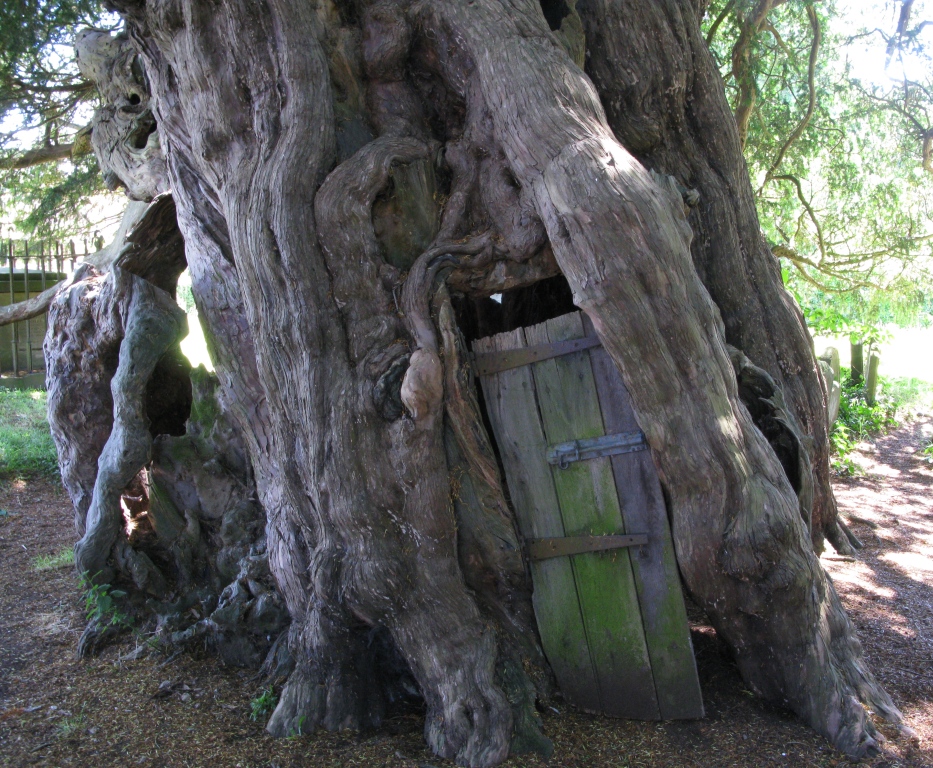
Song for John Scott’s Grotto at Ware, Hertfordshire, 2014
2 mins 9 secs

Recorded in John Scott’s Grade 1 listed eighteenth century grotto at Ware, using words from one of his poems, to a tune by me in the style of the period.
As the Crow flies , 2015
27mins 32secs.
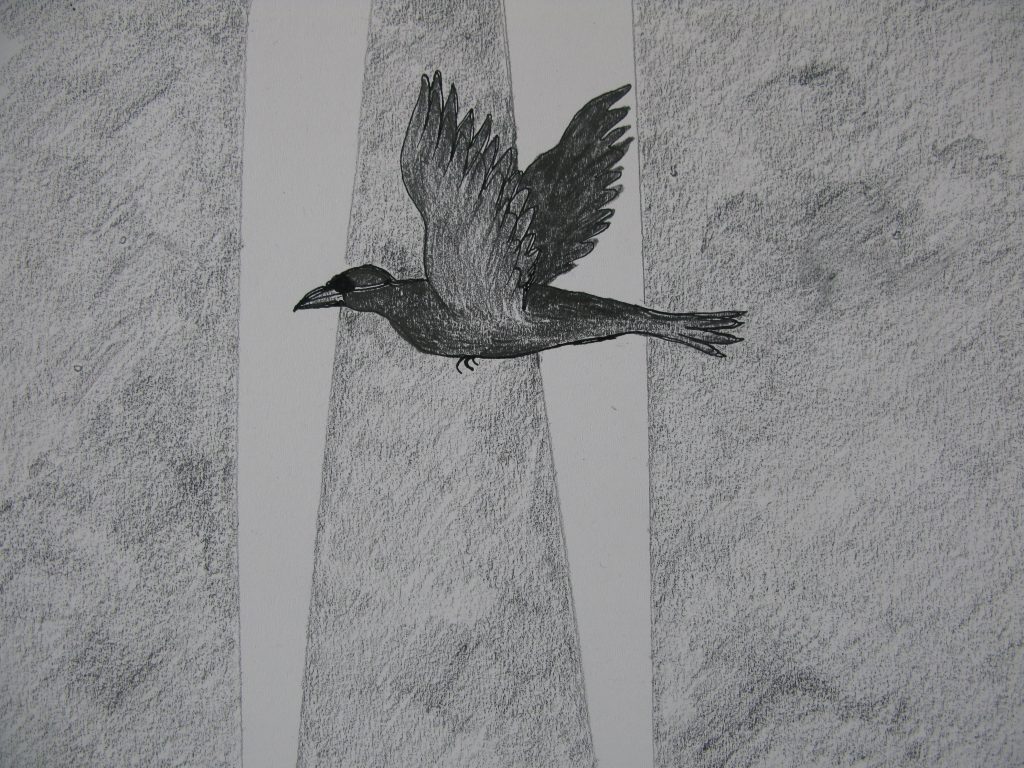
This soundpiece was made from places experienced and recorded on the north and south sides of the Thames estuary, at Chalkwell Beach near Southend on Sea, and, for the most part, on the Isle of Grain in North Kent. Part of the Isle of Grain until recently was a Ministry of Defence firing range to test explosive shells, which at one time were fired over the river to land on Mapplin Sands on the North side. I made field recordings at the old military site, recording the old bellows in the forge,singing there and at remaining old fortifications on the nearby coast. With the development of military rockets, the firing range became obsolete.
This area of England was the entrance to the Thames and London, and therefore long a site of military activity and surveillance. In contrast, the birds flew above me, unhindered by borders, no longer threatened by flying shells, or plans for an estuary airport (supported by Boris Johnson). Crows could come in, though sometimes persecuted. Let the crows come in…..
“beautiful…moving….eloquence” Professor of Theatre Alan Read, King’s College London.
Straight from the Horse’s Mouth, 2015
4 mins 42 secs.
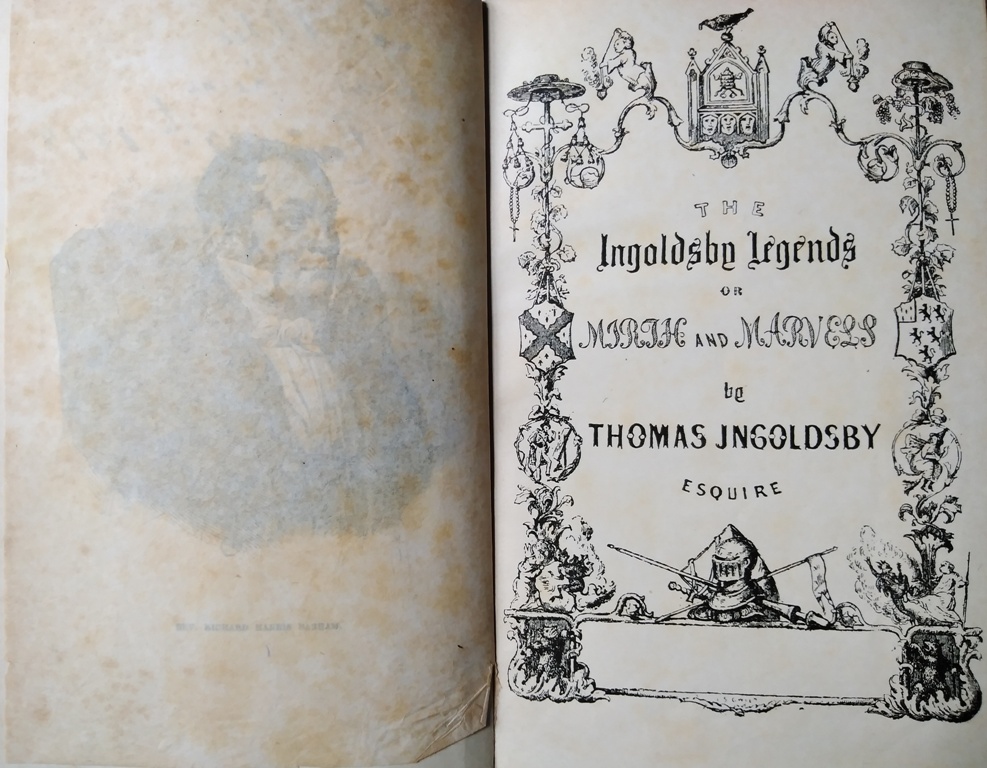
Sung to the historical tune Fortune my Foe , this is based on the fourteenth century story re-told in the Ingoldsby Legends concerning Sir Robert de Shurland. Having been told that his horse would cause his death, the lord had his faithful mount Grey Dolphin killed. Years later, coming across the horse’s skull partly buried in mud on the Thames estuary shore, he kicked it contemptuously, scratched his foot, and died of blood poisoning. Reference is also made to contemporary issues. He is buried in Minster Abbey, Isle of Sheppey.
Six Suffolk Songs, 2016
varying lengths
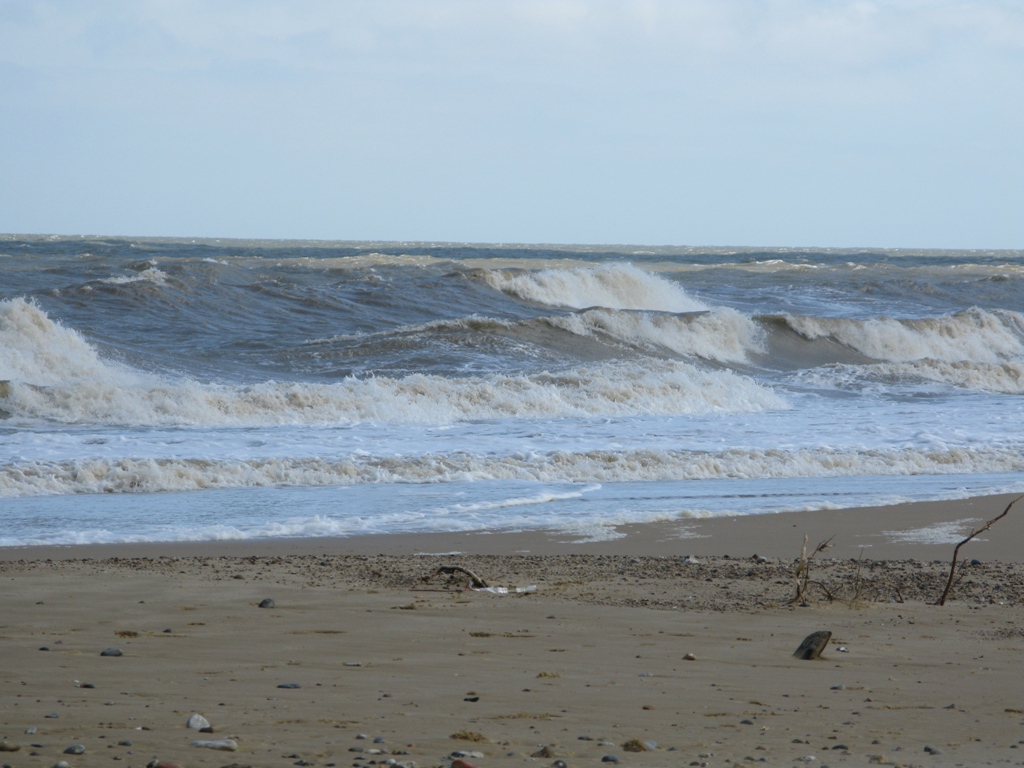
These six soundworks which include songs were made from research and field recordings carried out in the summer of 2016 while I was resident in Suffolk at Imogen Holst’s House. Grateful thanks to the Britten-Pears Foundation for my time there.
The songs make reference to the history and culture of the Suffolk coast, where my father grew up, and the changes in the natural environment, whilst also mentioning the erosion and changes experienced by the self during processes of ageing. The songs are Covehithe:The Leper of Love ; The Wenhaston Doom; Dunwich:The Last Grave; The Lighthouse Song:Orford Ness; Shingle Street; Ramsholt Song.
Barry Lyndon Song , 2016
4 mins 28 seconds
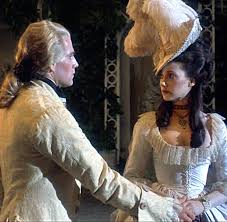
Made in response to the lovely, wordless scene in Kubrick’s film Barry Lyndon, where, to the sound of Schubert’s music, Barry seduces the woman he will later treat abominably. A wonderful film which deserves to be more famous. The first time I saw it, only a few years ago, I was entranced. Beauty and sadness.
The Leper’s Bell, 2021
6 mins 58 secs
Made for Project Lazaretta, part of the Eye’s Walk festival, Greece,2021
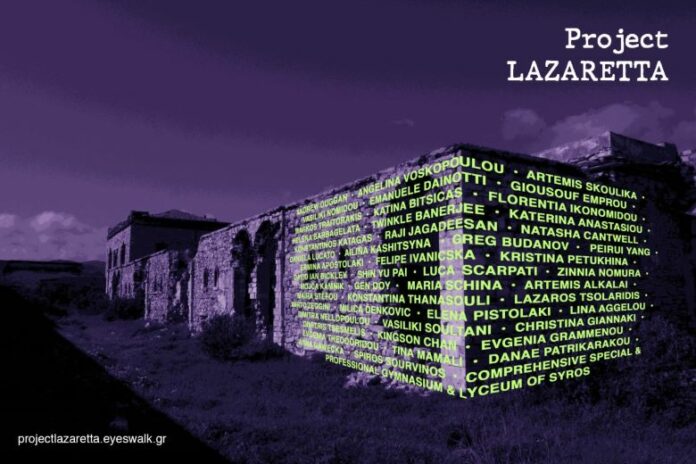
“Our current experience of the Pandemic is not something new..
It unites us with thousands of people who passed through the Lazaretta of the world and more specifically through the Lazaretta of Syros and Corfu, two of the most significant in Greece, that have functioned as pesthouses, prisons, as places of execution, as asylum, as leprosy. “(quoted from the website Eyes Walk Festival, Project Lazaretta).